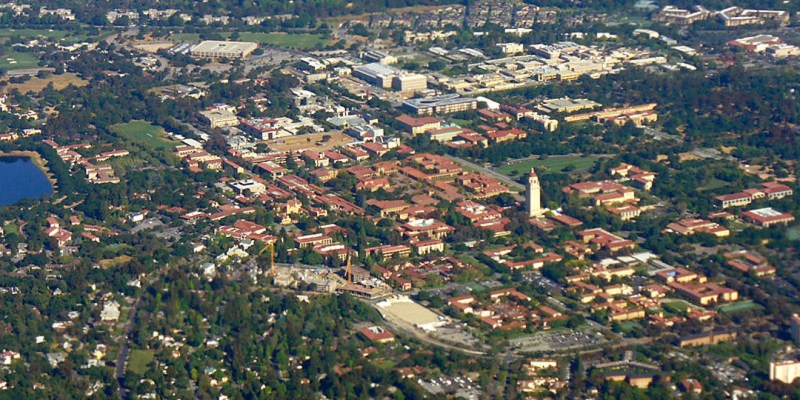If approved by Santa Clara County, Stanford’s application for a renewed General Use Permit (GUP) would authorize the University’s land and facility expansion through 2035. In order for the University to build new facilities, it must follow the Stanford Community Plan, a regulatory framework of established rules and policies set forth by Santa Clara County in 2000 to control land use. The new GUP builds on the core values established by the Stanford Community Plan — Academic and Support Space, Housing, Regional Affordable Housing, Transportation, Stewardship and Sustainability and Academic Growth Boundary — and details plans for the growth and development of campus.
As part of this updated plan, Stanford hopes to have the “flexibility to develop its lands within a framework that minimizes potential negative effects (‘flexibility with accountability’),” according to the University’s GUP summary document. This includes building up to 2.275 million square feet of academic space, 3,150 housing units and 40,000 square feet for child care centers and transit hubs over the next 16 years.
Stanford’s total lands currently consists of 8,180 contiguous acres across six governmental jurisdictions — the 2018 GUP, however, would expand 4,017 acres into unincorporated Santa Clara County areas.
The permit also allows an increase of undergraduate student enrollment by 100 students per year and an increase of graduate and postdoctoral students by 126 students per year through 2035. This would potentially result in the addition of 1,700 more undergraduates and 2,142 graduate and postdoctoral students on campus by 2035. Former Stanford spokesperson Lisa Lapin told Palo Alto Online in November 2016 that this level of growth would be “higher than the historic growth rate.” Over the past 10 years, Stanford’s undergraduate population has only increased by a total of 271 students, while its graduate and postdoctoral population has increased by 1,109 students, according to registrar data.
While Stanford will contribute $56 million to combat concerns of regional affordable housing, many in the Palo Alto and Mountain View area are still critical of the University’s expansion and the potential consequences of its growth. In December, Stanford filed a lawsuit in both federal and state court against Santa Clara County’s Inclusionary Housing Ordinance, which requires 16 percent of the housing units to be constructed by Stanford be made available as affordable housing.
Additionally, many Palo Alto residents and the Palo Alto Unified School District want Stanford to commit funding to educate the new students that would result from the planned expansion. As of now, University negotiations with the County are ongoing, and talks have been started with the PAUSD to address the community’s concerns.
Contact Matt Shimura at mshimura ‘at’ stanford.edu.
